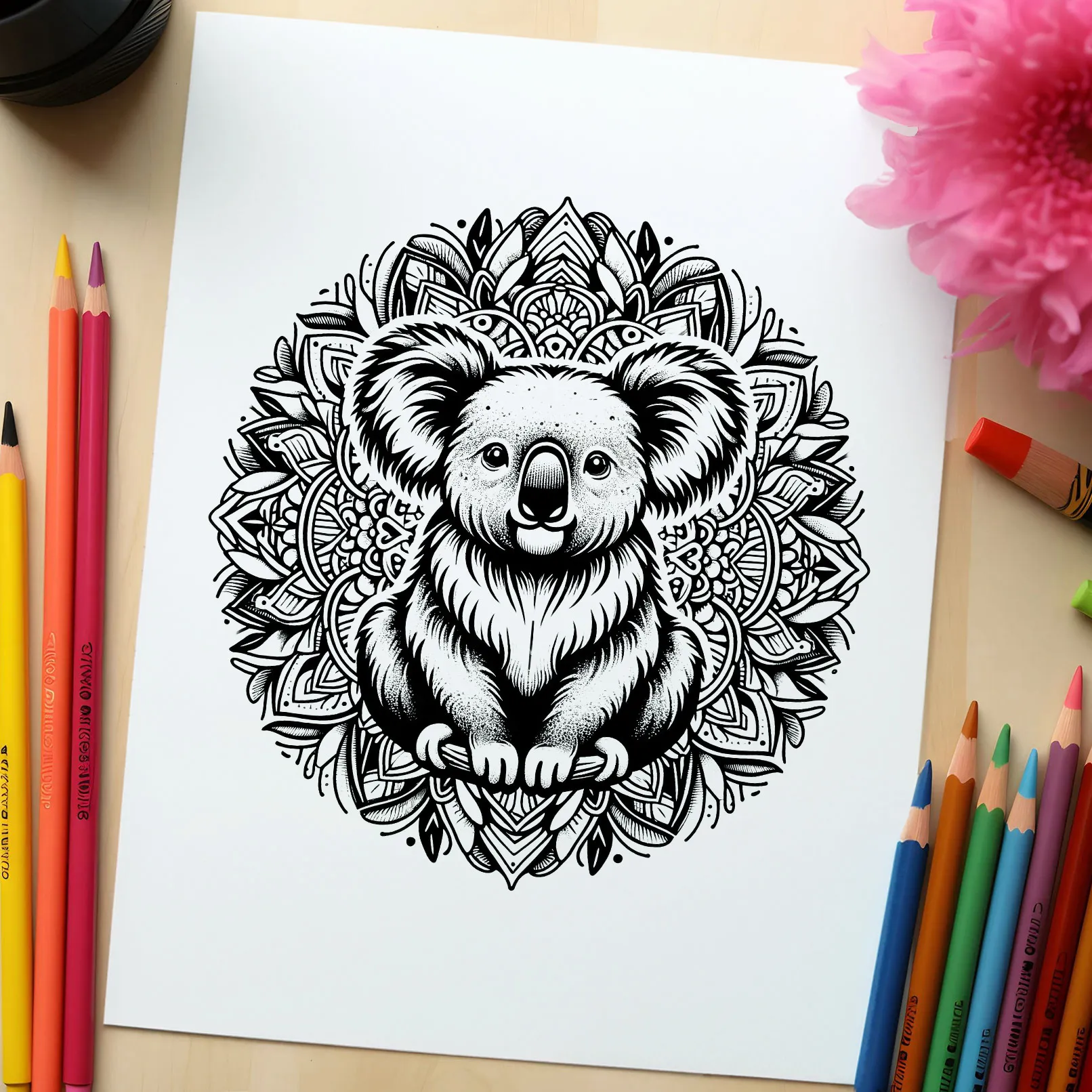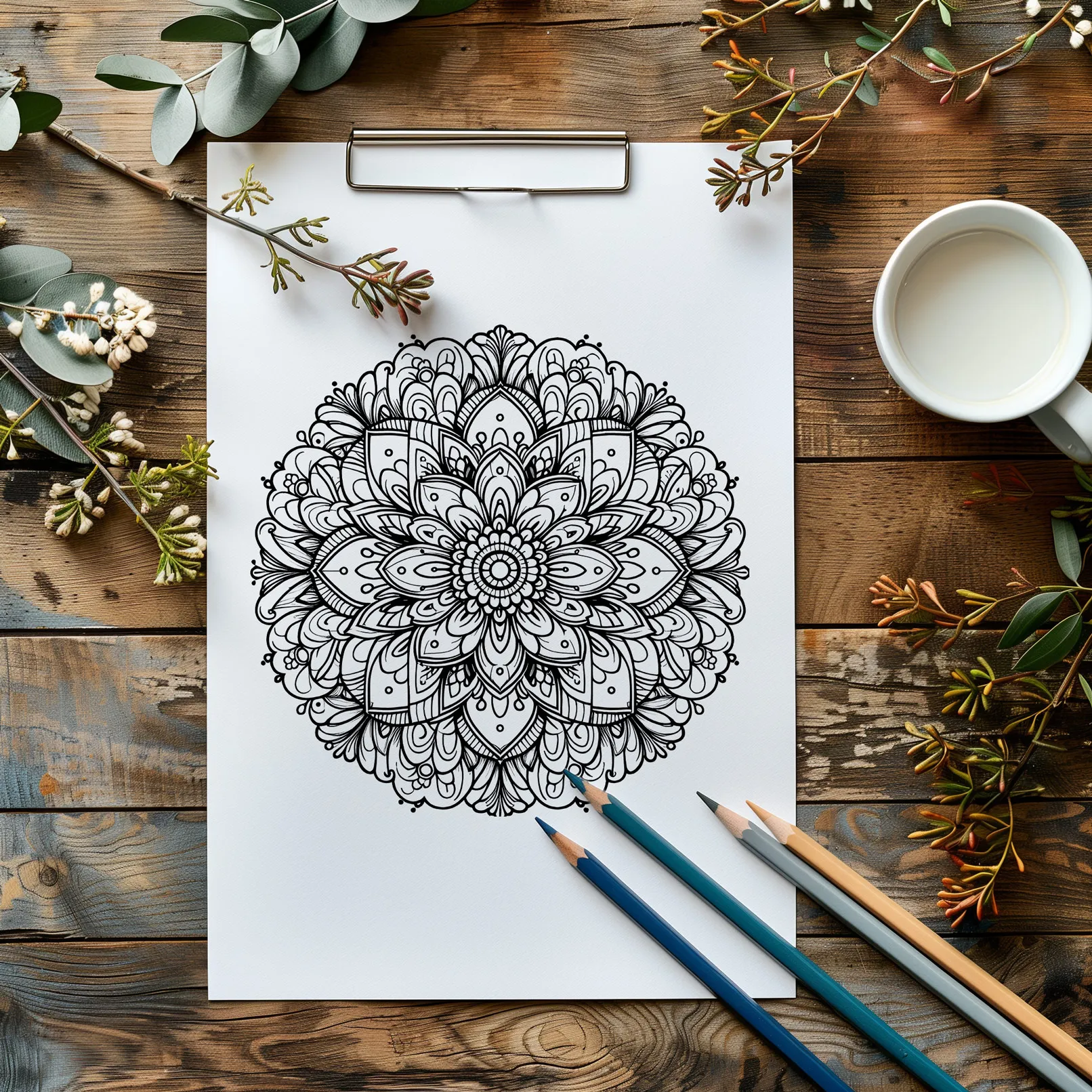Mandala paintings have a spiritual and cultural significance in many cultures around the world. These geometric patterns are aesthetically pleasing and also serve as a tool for meditation and relaxation. This guide will familiarize you with mandala and how you can use them for yourself.
Table of Contents
What is a mandala?
A mandala, translated from Sanskrit as "circle" or "disc-shaped object", is a geometric design that has a symbolic meaning in Hindu and Buddhist cultures. Mandalas represent different aspects of the universe and serve as a meditation tool and prayer symbol.
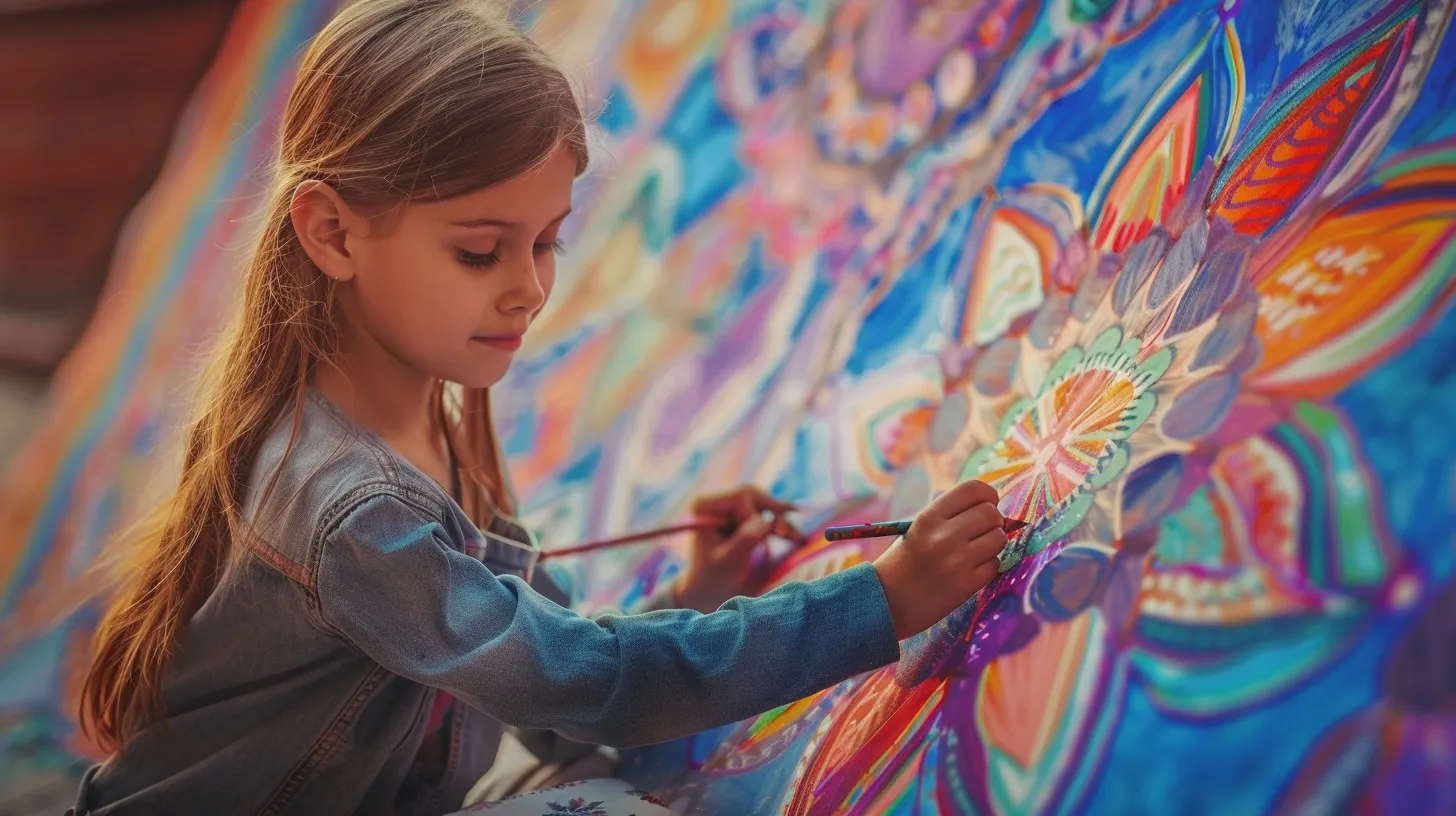
Cultural and historical significance of mandalas
Mandalas in Buddhism
Mandalas have their origins in the Buddhist tradition, where they are used as meditation objects to establish a deeper connection with the universe and the self. They represent the enlightened state of Buddha and are an important part of Buddhist rituals.
Mandalas in Hinduism
In Hinduism, the mandala is a sacred symbol that represents the universe. It is often used in rituals and meditation practices and represents the connection of all aspects of life.
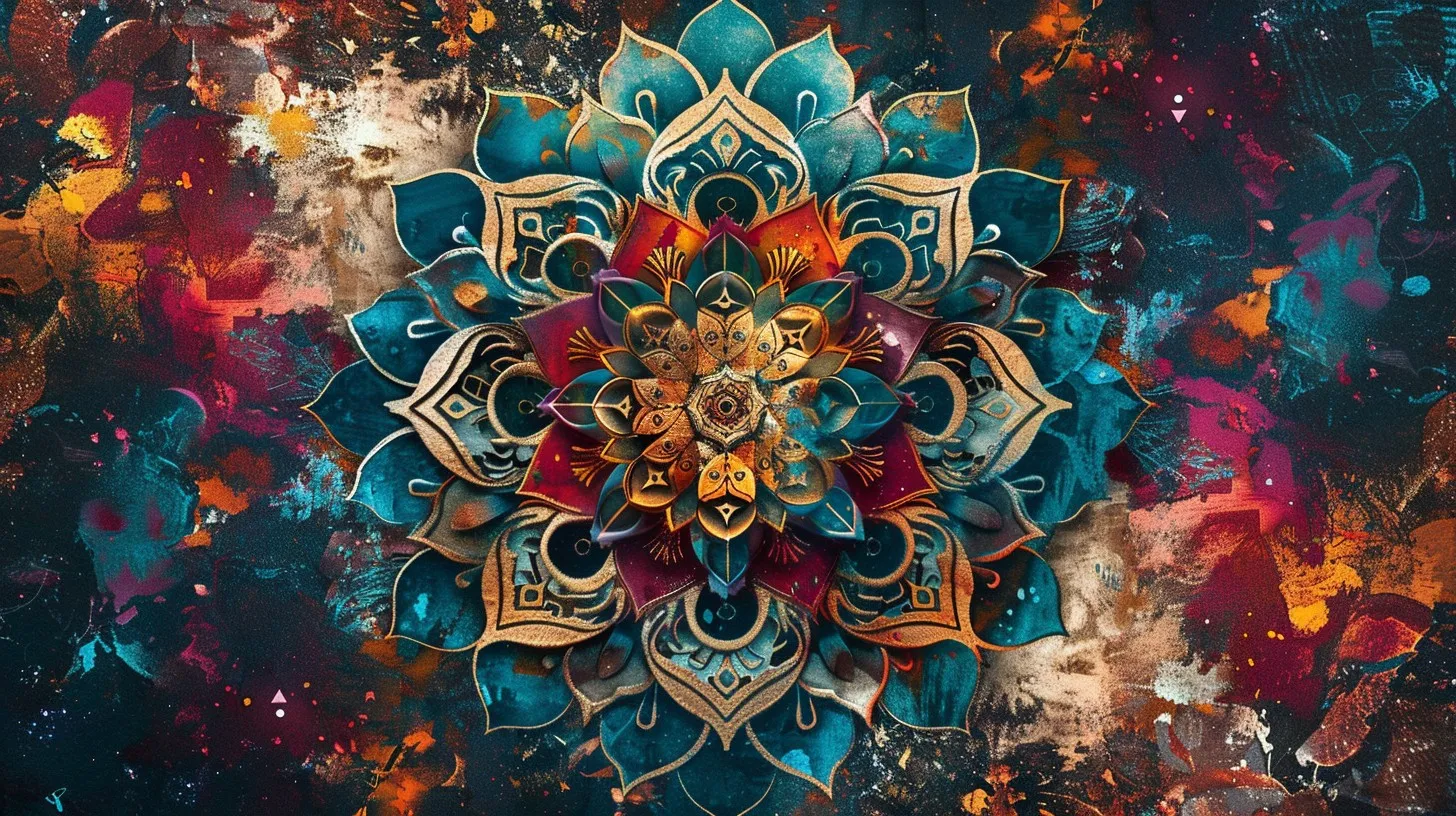
Mandalas in indigenous culture
In indigenous culture, particularly among the native peoples of North America, mandalas or medicine wheels are used as symbols of harmony and the interconnectedness of all elements of life.
Mandalas in Christianity
Although Christianity does not use mandalas in the traditional sense, rosette windows resembling mandalas are often found in Christian churches. They symbolize the unity and infinity of the universe from the perspective of the Christian faith.
Meaning and symbolism of mandalas
The patterns, shapes and colors of a mandala are all symbolic. Circles can stand for wholeness, squares for the physical world and complex patterns for the complexity of the universe. The colors of a mandala can have cultural meaning, with certain colors representing different feelings or ideas.
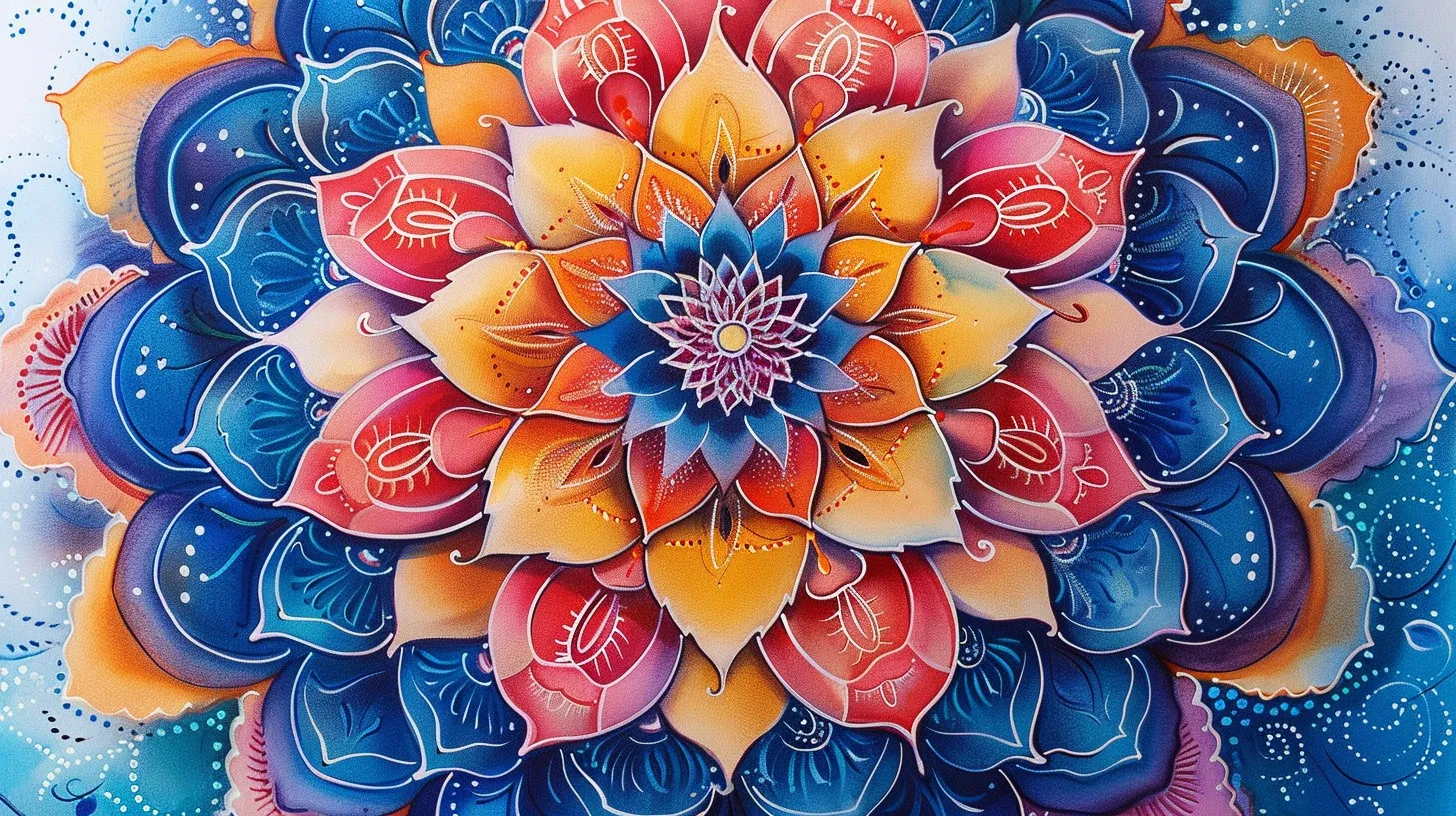
Uses of mandalas
Mandalas are used in a variety of religious traditions, meditation practices and modern contexts. They serve as spiritual tools for meditation and self-reflection and promote a sense of inner security.
How to draw mandalas
Anyone can draw a mandala. All you need is a sheet of paper and a pen or pencil. Start with a small circle and then draw a simple or complex pattern in the center of the circle.
Mandalas in interior design
Mandalas are also used as decorative elements as they are aesthetically pleasing and can create a sense of peace and harmony in a room.
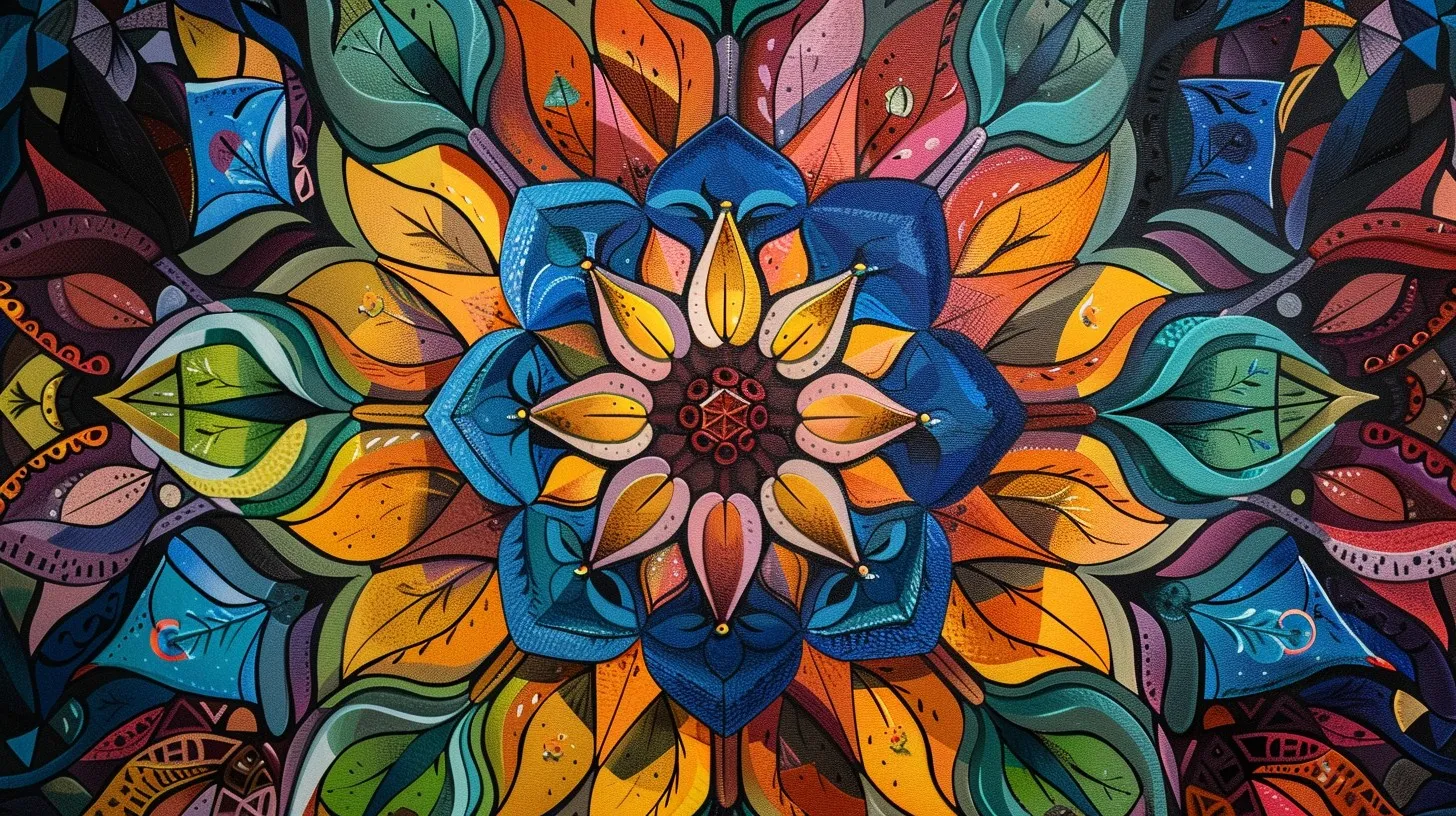
Mandalas to color
Coloring mandalas can be a great addition to self-care. If you're feeling stressed and need a relaxing activity, coloring mandalas can be an easy way to calm your mind and serve as a form of meditation.
Summary
Mandalas have a rich history and are an important part of various traditions and spiritual practices. Whether you draw or color your own mandala, they can be a great tool for art therapy, meditation, stress relief, self-expression and much more.
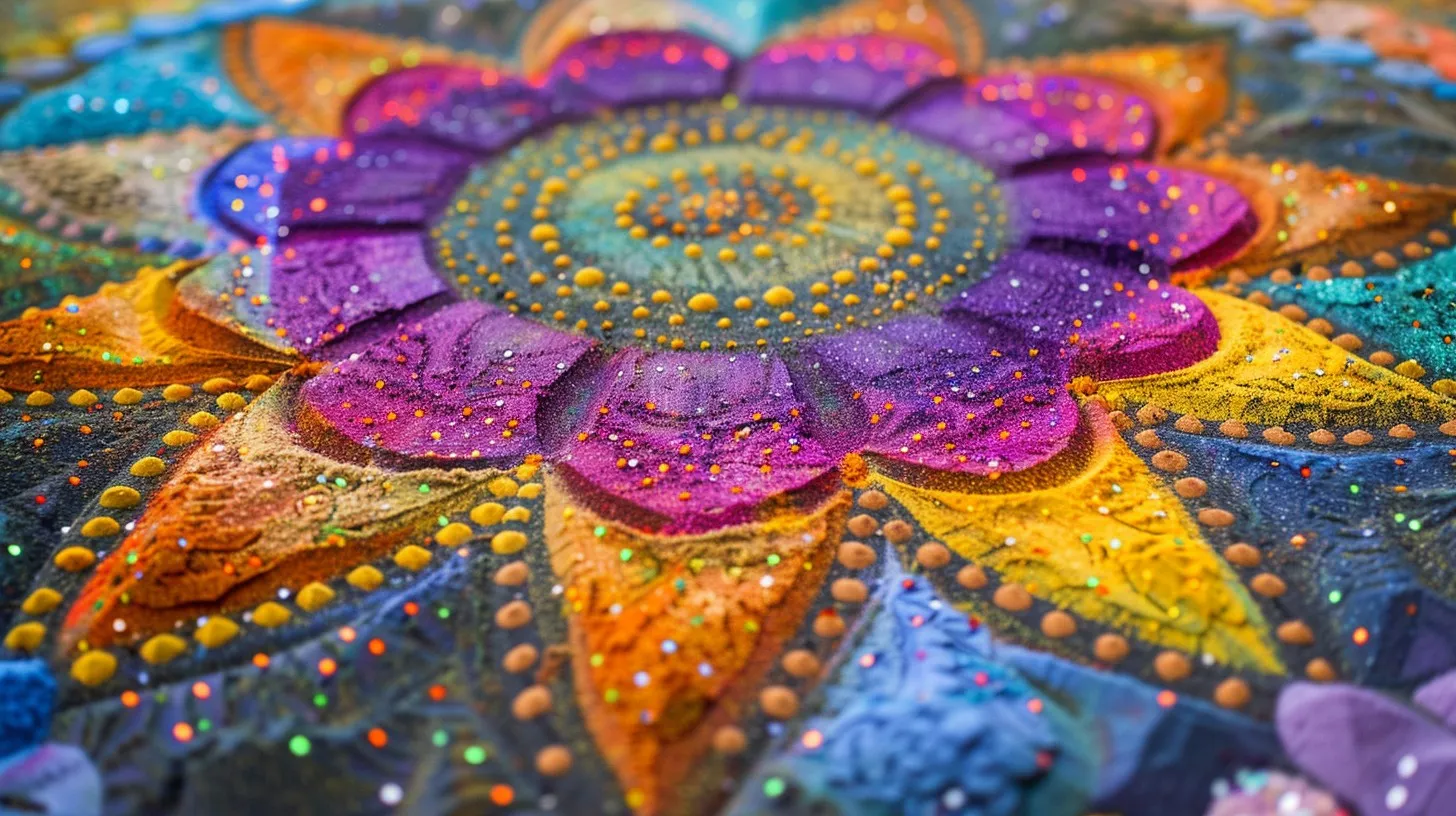
Mandalas on TutKit.com
At TutKit.com, you'll find an exquisite collection of mandalas that are perfect for a variety of creative projects. Not only are these mandalas aesthetically pleasing, but they are also designed to grab the viewer's attention and make them think. Go to the category "Coloring pictures" and download mandala pack.
